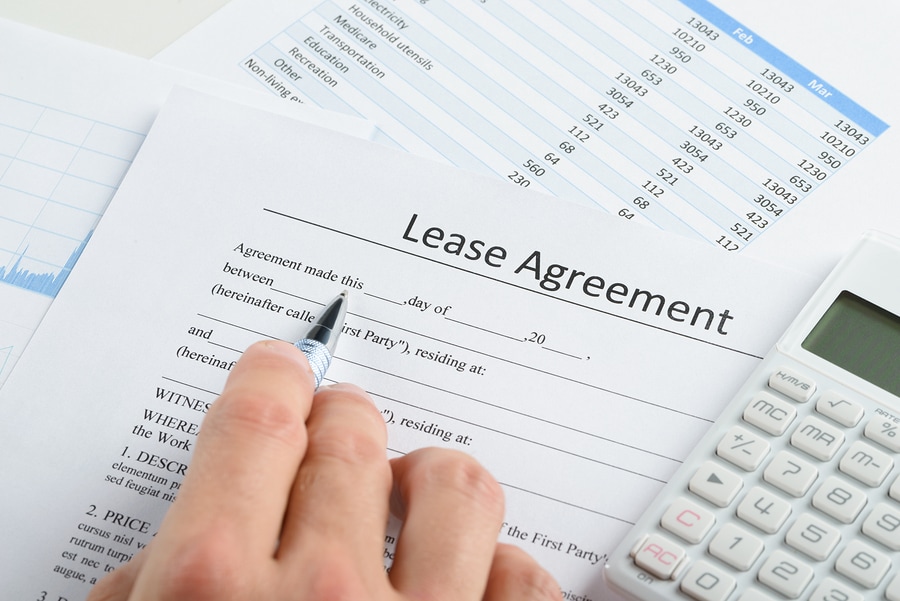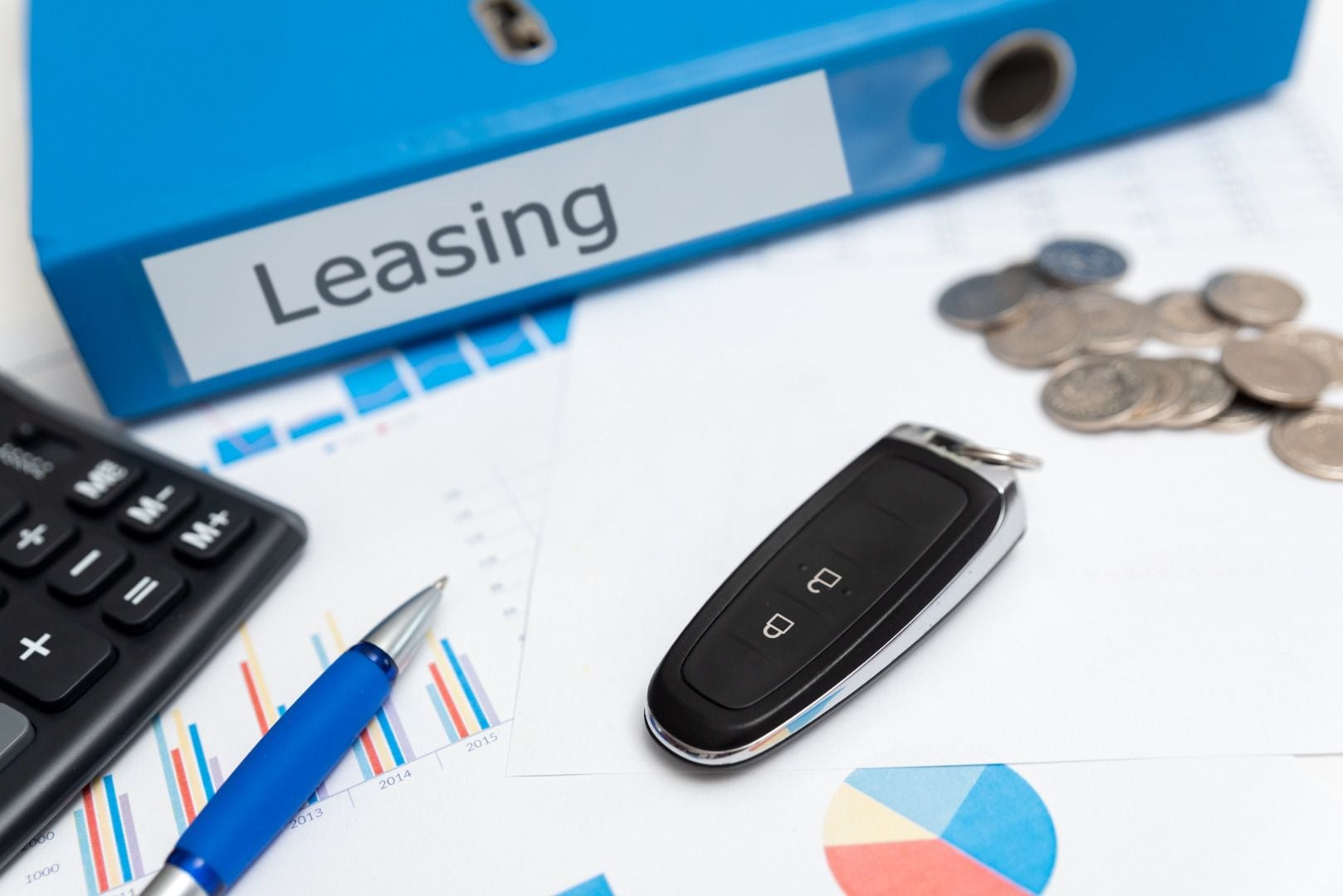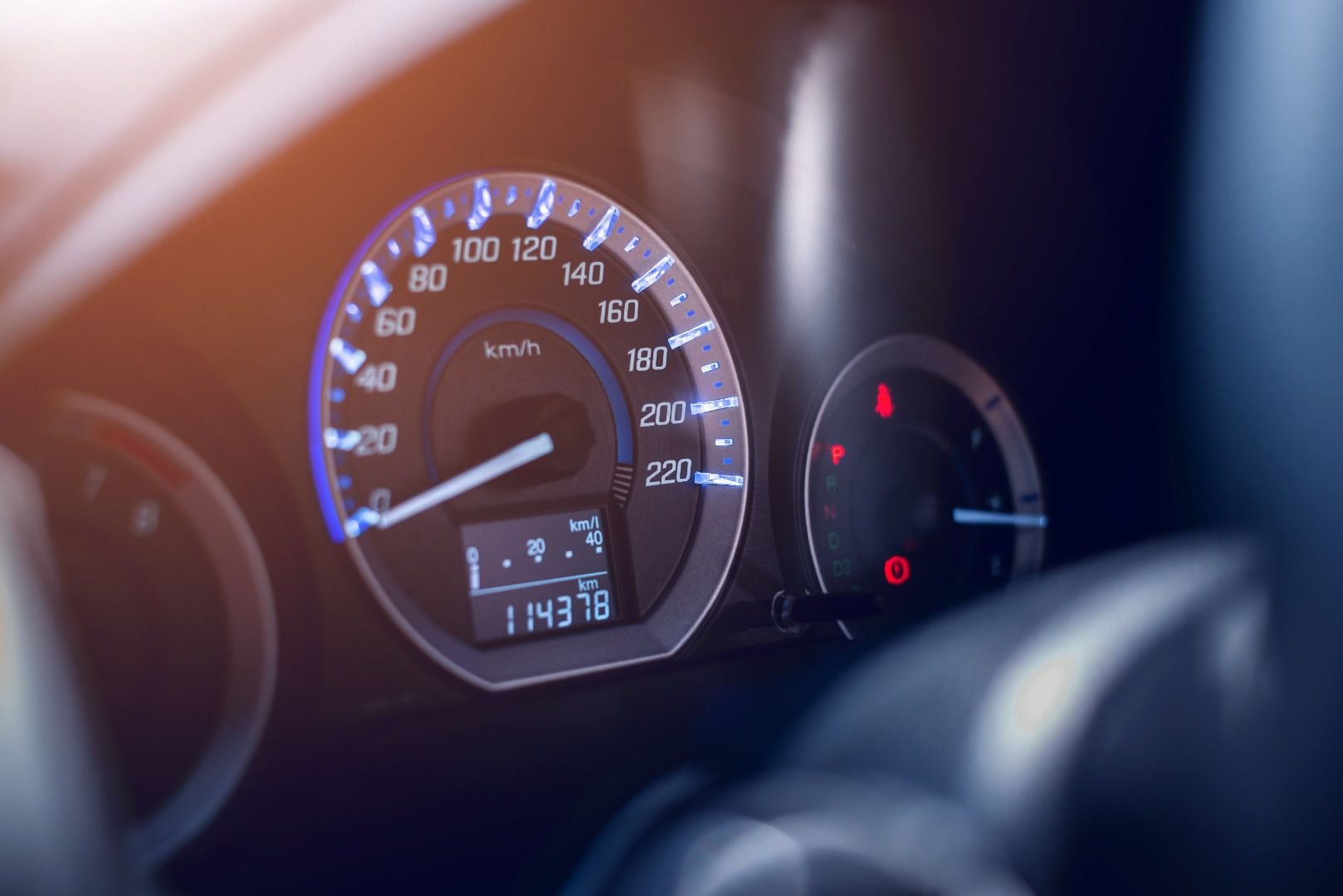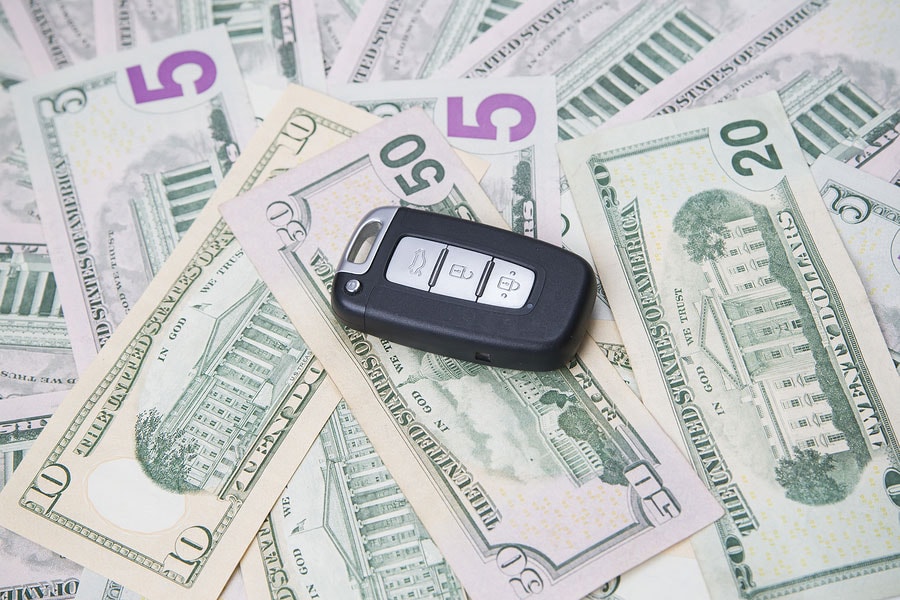Recent Articles
Popular Makes
Body Types
Buying vs. Leasing a Car: Pros and Cons

Car buying ・ Photo by iStock Photo
Deciding whether to lease or buy a car has been confusing consumers for the past 40 years. Though leasing has been around for decades, many people don’t understand the process very well. It’s filled with terms that are unfamiliar, and that prompts questions in a lot of people’s minds. It is not nearly as straightforward as buying a car with a car loan.
Leasing has definite advantages, but it is certainly not for everyone. By looking at the pros and cons of both leasing and buying, you’ll get a much better idea of whether it would work in your circumstances. Much of the decision depends on what you value. Do you prioritize convenience and low monthly outlay? Or are you more interested in building your financial future? Here are the pros and cons of buying versus leasing.
Top Leasing Pros
Leasing has grown more and more popular through the years because it offers consumers who use it lower monthly payments than those typically associated with purchasing the same vehicle. Why? Because in a lease you are simply contracting for the use of the vehicle over a specified period of time for a specified amount of money per month. You never gain any ownership stake.
Because of that, you can typically drive a car that costs more than you could fit into your monthly budget if you were to make monthly loan payments. This is not to say you should, but you could. Also, many leases require only a small initial payment and some require no initial payment at all. That said, it is becoming increasingly common for leases to require a big payment at signing.

More Leasing Pros
The typical lease runs three years. That means that every three years, you can slide into a brand-new car, truck, or SUV. If having the newest tech in the newest model is important to you, leasing a car might be the best way to accomplish that.
Also, many automakers have warranties for three years or 36,000 miles. The typical lease is three years. That means you won’t have to go out of pocket to pay for covered repairs for the term of your lease. And since you don’t own the car you’re leasing, when your lease runs out, you simply take it back to the dealership and walk away.

Photo by Adobe Stock
Top Leasing Cons
When you lease a car, the number of miles you can drive it is limited by the lease contract. Often the limit is 12,000 miles a year, but increasingly low-mileage leases that are less expensive are limited to 10,000 miles a year. If you exceed that mileage, you pay a penalty per mile.
Also, if your plans change and you want to get out of your lease, you may find it difficult, expensive, or both. You have contracted to pay monthly for a specific period of time, and that’s what the leasing company will require you to do. But the biggest downside of a lease is the fact you pay a large amount monthly for the use of the car, but you gain no ownership equity in the vehicle. When your lease term expires, you have nothing to show for it but the memories.

Photo by Songwut Pinyo - stock.adobe.com
More Leasing Cons
Many lessees don’t negotiate their lease deal. It’s not they can’t. Lease terms are negotiable. It’s that they don’t. Part of it might be that the lease process and lease terms are unfamiliar to many buyers. Because of this, they approach the deal as “take it or leave it.”
In another con, the company that leases the vehicle to a consumer owns the vehicle, and it wants the car to come back in good — not perfect, but good — condition. That is prescribed in the lease contract. If you don’t comply, you will be assessed wear-and-tear charges at the conclusion of the lease. The same holds true if you modify the car in some way. You might love the aftermarket wheels or stereo you added, but the leasing company wants the car in conventional, unaltered condition when it’s returned.

Photo by Adobe Stock
Top Buying Pros
When you purchase a car, the assumption is you are going to own it even if you took out a loan. That means you can put as many miles on it as you like any time you like. You can also maintain it any way you like. You are wise if you take good care of it, but no contract requires you to do so.
Also, when you buy a car, you are acquiring a real asset. Typically it is an asset whose value is constantly decreasing, but it is an asset nonetheless. When you have paid off the loan you own the car free-and-clear, and you can sell it or drive it for the next several years with no car payment. Or when you buy your next car, you can sell this one and collect the trade-in value for yourself. In contrast, when the lease term ends, the lessee is left with nothing.

Photo by iStock Photo
More Buying Pros
When you buy you are free to modify the car. If you want to put new wheels and tires on it, go ahead. If you want to alter the fuel injection system or change the air filtration system, you’re free to do so. You should make certain you don’t void your warranty, but there is nothing to say you can't.
Some people feel that a lease would give them more flexibility than buying a car, but the opposite is true. The procedures for selling and trading in a car encumbered with a car loan are very straightforward and easy to execute. You might owe more on your car loan than the car is worth in the middle of the loan term, but that is not hard to deal with. In other instances, you will make money on the transaction.

Top Buying Cons
Versus a three-year lease, a typical five- or six-year car loan will most likely result in higher monthly payments. That is the reason so many consumers turn to leasing these days.
Also, with a conventional car loan, a sizable down payment is often required. That’s in comparison to a lease where no initial payment might be required at all. That said, the recent trend has been to lower down payments on purchase transactions. In another downside, if you decide to sell or trade-in your car before completing your loan, you might find that you owe more on the loan that you will get from selling your car. In the parlance of the car business that is called being “upside-down” on the loan. It’s not a great situation, but frequently the amount you owe isn’t huge. Plus, the amount can be rolled into a new car loan.

Photo by Adobe Stock
More Buying Cons
As we said, a car, truck or SUV typically depreciates, so if you buy one you are buying an asset that will go down in value. But typically the rate of depreciation lessens over time. So five to seven years in, the depreciation won’t be all that substantial.
In another con, when it comes time to say goodbye to the car you’ve purchased, it is more complicated than turning in a lease car. You can trade it in on a new car at a new-car dealer or you can sell it yourself, but there is effort involved. Lastly, it is likely you will own your car for a longer period than if you lease, the vehicle will go out of warranty. It probably will have a lengthier powertrain warranty, but the comprehensive bumper-to-bumper warranty will typically end after 36 months or 36,000 miles. So you’re on the hook for most repairs after that.

Summing Up
Leasing certainly has its advantages. It most often features lower monthly payments than the typical auto loan. Because of that, you can pay less per month, aiding your day-to-day budget. Or you can drive a more expensive car than you would otherwise. Another advantage is a low or even no initial payment.
But buying a car has its advantages, too. First of all, you can avoid the restrictions that lease contracts out on you. You can drive as many miles as you want and modify the car if you want without any fear of penalties. But the biggest advantage of buying versus leasing is you are acquiring a real asset. After you have paid off the loan you own the vehicle. You can sell it, trade it in on a new car, or drive it for the next several years with no car payment. In contrast, when the lease term ends the lessee is left with nothing.

Photo by Adobe Stock